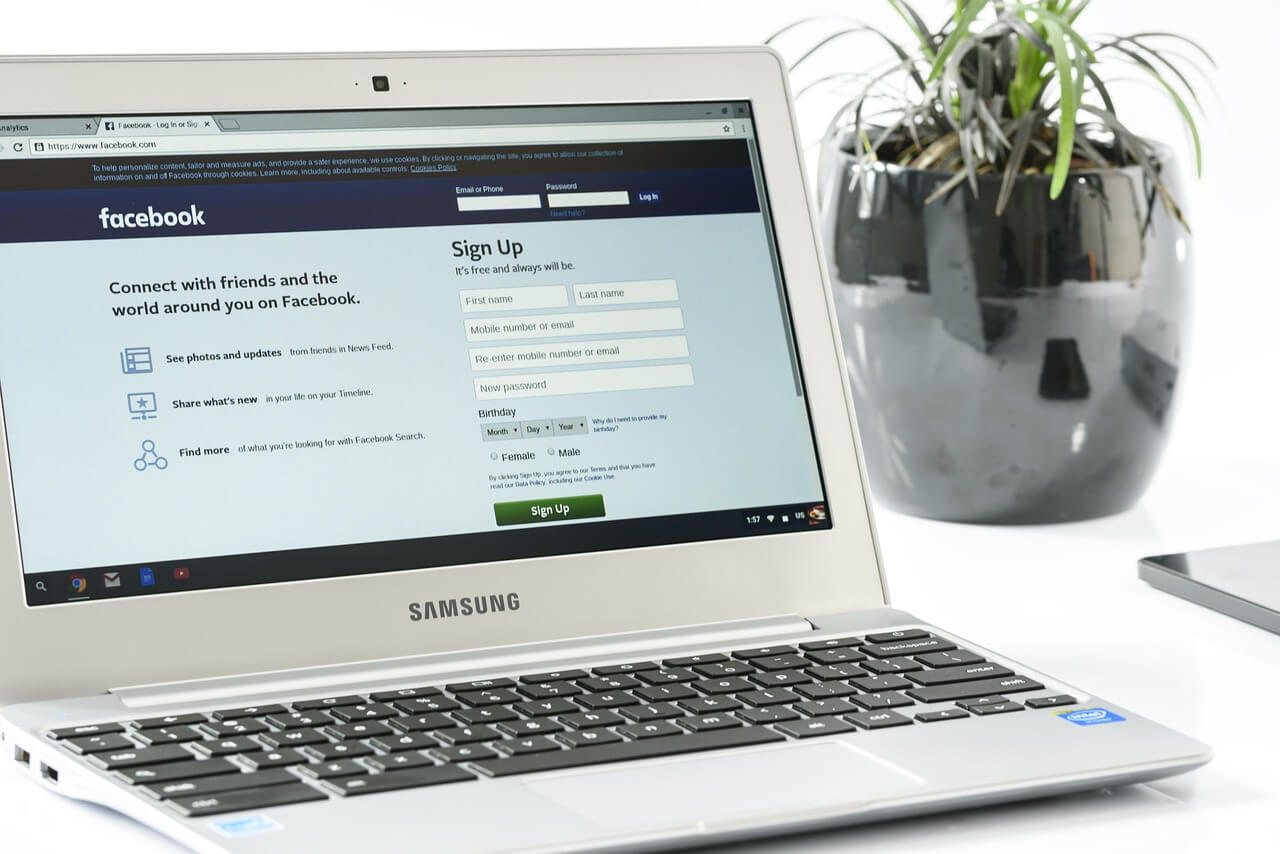ProxyNotShell – What is it?
Cyberattacks have become increasingly sophisticated and widespread in recent years, with hackers constantly finding new ways to infiltrate networks and steal sensitive information. One such vulnerability that has recently come to light is ProxyNotShell, identified in 2019 but still active with zero-day implementations. This vulnerability includes two security bugs, tracked as CVE-2022-41082 and CVE-2022-41040 and collectively known as ProxyNotShell. It affects Microsoft Exchange Server 2013, 2016, and 2019.
The ProxyNotShell vulnerability is a weakness in how Microsoft handles authentication requests. When a user attempts to log into the server, the system sends a request to the user's domain controller to verify their credentials. If the domain controller confirms that the user's credentials are valid, the user is granted access to the server.
However, the ProxyNotShell vulnerability allows hackers to intercept this authentication request and substitute their own credentials in place of the user's. This means that the domain controller will mistakenly grant access to the hacker, who can then access the user's server and potentially steal sensitive information.
The Silent Threat
One of the major concerns with the ProxyNotShell vulnerability is that it is difficult to detect. Since the hacker is able to authenticate successfully with the domain controller, there is no visible indication that an unauthorized user has gained access to the server. This means that users may be unaware that their accounts have been compromised, leaving them vulnerable to further attacks.
The ProxyNotShell vulnerability also has the potential to impact organizations on a large scale. Since Microsoft Exchange is widely used by businesses and organizations, a successful hack using the ProxyNotShell vulnerability could result in the loss of sensitive information on a massive scale. This could include confidential business data, customer information, and even financial records.
Protection Mechanisms
To protect against the ProxyNotShell vulnerability, it is important for Microsoft users to implement strong security measures. This includes using complex and unique passwords, regularly updating software and security patches, and enabling two-factor/multifactor authentication (2FA / MFA). Additionally, organizations should consider implementing a security monitoring solution to detect potential breaches and prevent unauthorized access to Microsoft Exchange accounts. Appropriate configuration of Exchange services and access control is key.
Furthermore, it is crucial for organizations to educate their employees on the importance of cybersecurity and the potential risks associated with the ProxyNotShell vulnerability. This can include training on how to recognize and prevent phishing attacks, as well as the proper use of passwords and other security measures.
Final Thoughts
Overall, the ProxyNotShell vulnerability is a significant threat to Microsoft Exchange users, as it allows hackers to gain unauthorized access to accounts and potentially steal sensitive information. By implementing strong security measures and educating employees on the importance of cybersecurity, organizations can protect against this vulnerability and prevent potential breaches.
Compass IT Compliance has spent the past decade educating users on such threats and assisting organizations in strengthening security controls and mitigating risks. Contact us today to learn more about the steps you can take to mitigate the risks posed by the ProxyNotShell vulnerability.
These Related Stories



No Comments Yet
Let us know what you think